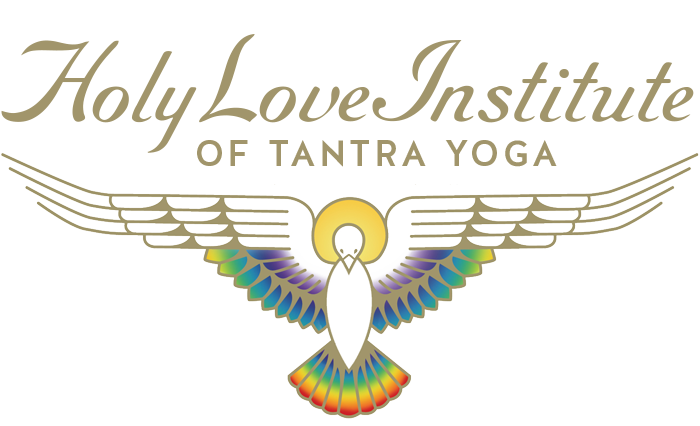 The ultimate purpose of the Ashtanga practice is purification of the body and mind. By moving so quickly and powerfully, you will get a lot of tapas and everything extra, physical and mental, will have to get out the way. This practice has a strong sense of purpose and you are forced to focus and grow. Ashtanga can be considered a very "yang" style of yoga.
The ultimate purpose of the Ashtanga practice is purification of the body and mind. By moving so quickly and powerfully, you will get a lot of tapas and everything extra, physical and mental, will have to get out the way. This practice has a strong sense of purpose and you are forced to focus and grow. Ashtanga can be considered a very "yang" style of yoga.
Ashtanga yoga involves syncing up a continuous and structured series of postures with the ujai breath. It features multiple asana series and each one must be mastered before moving to the next series.
 The Ashtanga Vinyasa lineage, like any living lineage, is a hybrid of yoga methodologies and philosophies, which converge clearly in the teachings of the early Upanishads and blossom later in the practices of Hatha yoga and Tantra. The internal forms of Ashtanga Vinyasa yoga—using bandha, mudra, drishti, and ujjai breathing—are the pinnacle of Tantric technique, which are also brought to light in the broad clarifying context of Patanjali’s yoga philosophy and the nondualism of the Upanishads. This traditional approach is recognizable in Hindu and Buddhist contemplative traditions as well as in the direct experience the practice uncovers.
The Ashtanga Vinyasa lineage, like any living lineage, is a hybrid of yoga methodologies and philosophies, which converge clearly in the teachings of the early Upanishads and blossom later in the practices of Hatha yoga and Tantra. The internal forms of Ashtanga Vinyasa yoga—using bandha, mudra, drishti, and ujjai breathing—are the pinnacle of Tantric technique, which are also brought to light in the broad clarifying context of Patanjali’s yoga philosophy and the nondualism of the Upanishads. This traditional approach is recognizable in Hindu and Buddhist contemplative traditions as well as in the direct experience the practice uncovers.

The Ashtanga Vinyasa lineage of practice, as taught today, comes to us directly through the teachings of T. Krishnamacharaya and K. Pattabhi Jois who collaborated in the 1930’s as teacher and student to develop the flowing form and series of postures we call Ashtanga Vinyasa yoga. Their work, derived in part from the internal principles of vinyasa found in the ancient Indian text, the Yoga Kurunta, draws together the potent threads of yoga asana with traditional Indian philosophy, pranayama, and meditation, so that integrated movement, form, and awareness invite the student into the present moment.
 Ashtanga yoga literally means "eight-limbed yoga," as outlined by the sage Patanjali in the Yoga Sutras. According to Patanjali, the path of internal purification for revealing the Universal Self consists of the following eight spiritual practices:
Ashtanga yoga literally means "eight-limbed yoga," as outlined by the sage Patanjali in the Yoga Sutras. According to Patanjali, the path of internal purification for revealing the Universal Self consists of the following eight spiritual practices:
Yama [moral codes]
Niyama [self-purification and study]
Asana [posture]
Pranayama [breath control]
Pratyahara [sense control]
Dharana [concentration]
Dhyana [meditation]
Samadhi [absorption into the Universal]
Ashtanga yoga is meant to calm your mind while improving circulation and strength in thebody. It also detoxifies the organs and muscles by creating a lot of heat and sweat through the intense poses. It is an intense practice best for more experienced yogis or individuals who aren’t afraid of a challenge—and who like structure—during their practice.
thebody. It also detoxifies the organs and muscles by creating a lot of heat and sweat through the intense poses. It is an intense practice best for more experienced yogis or individuals who aren’t afraid of a challenge—and who like structure—during their practice.
Michelle Scarbrough 500 E-RYT Yoga Teacher has a 12-week online program which has one learn and master how to teach a beginning Ashtanga class. Her Ashtanga Teaching Videos are included in the Shivakti Tantra Yoga Teacher Online Training, while her training also stands alone for those only wanting to learn Ashtanga. Michelle’s background is in Ashtanga Vinyasa is where she has led many past 200-hr Teacher Trainings.
Workshops and classes led and taught by Michelle Scarbrough.
